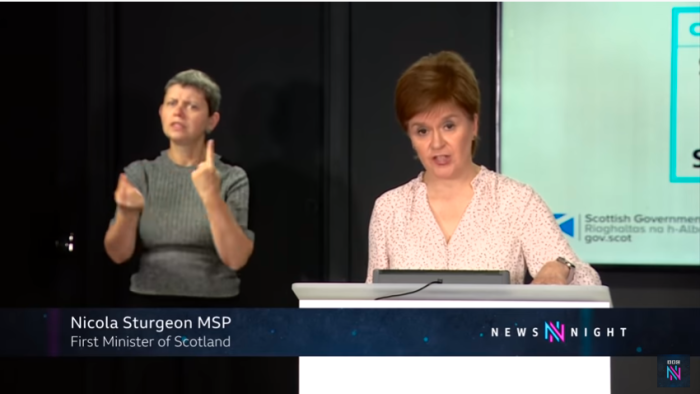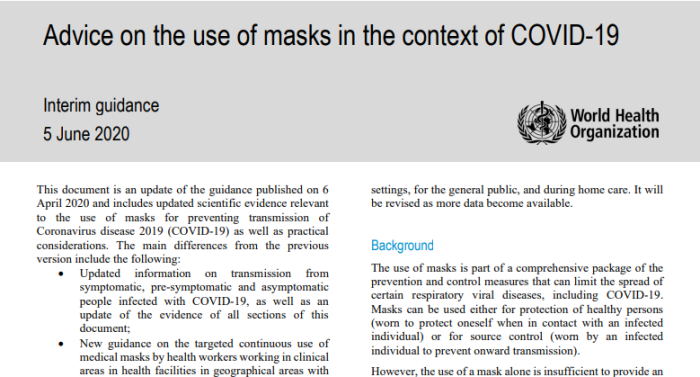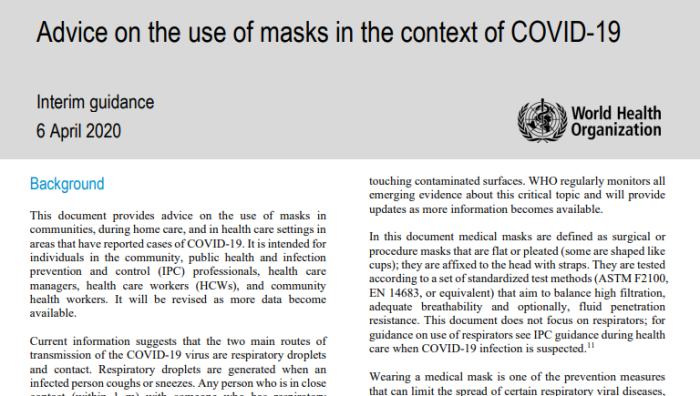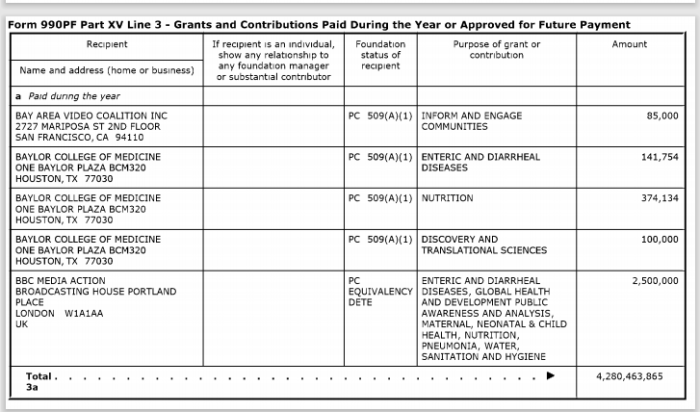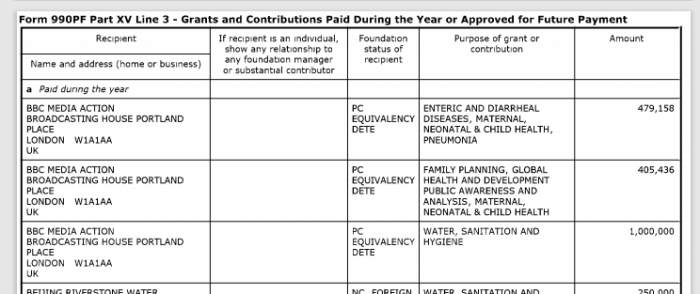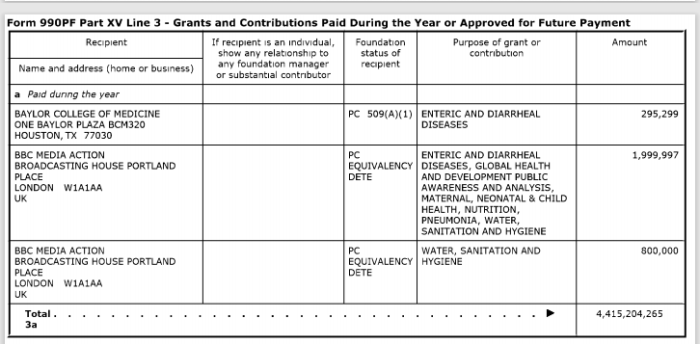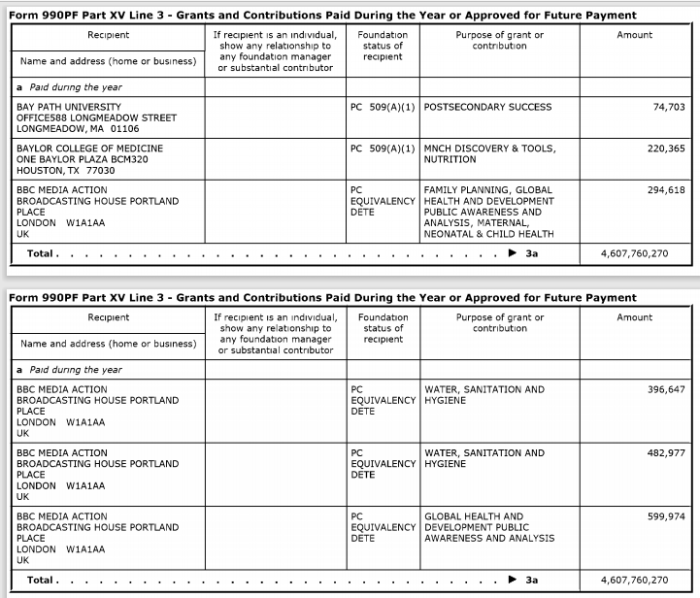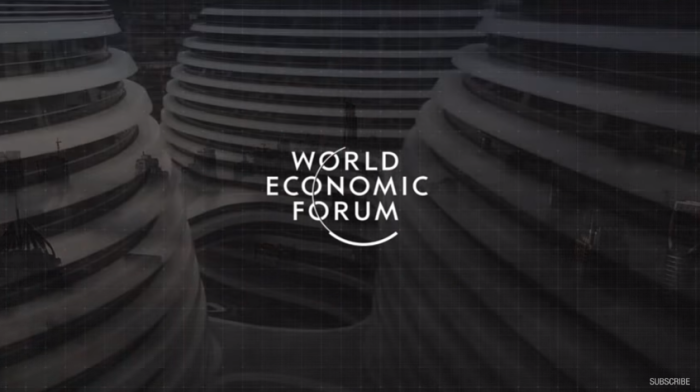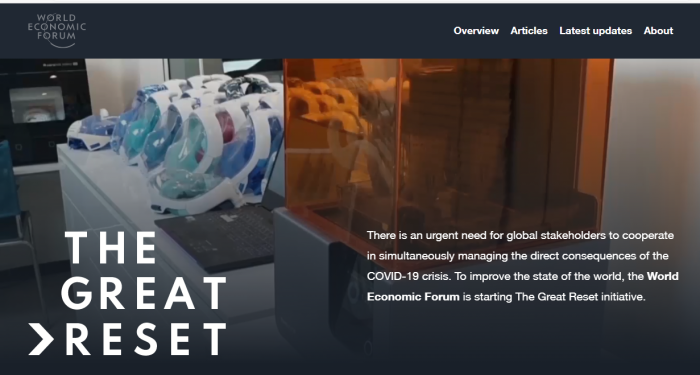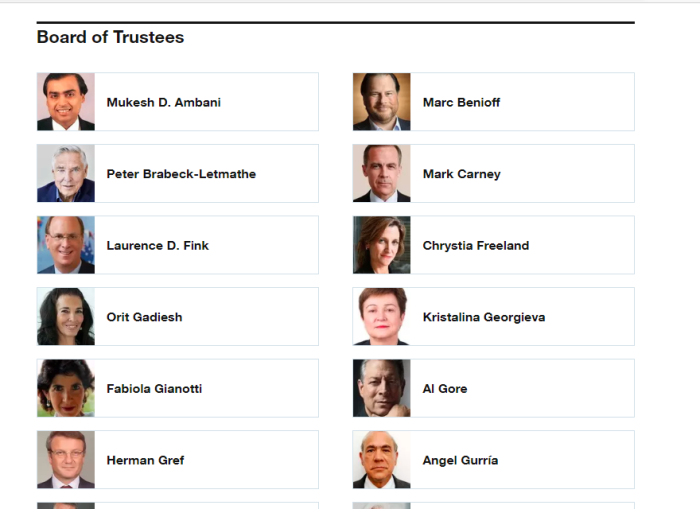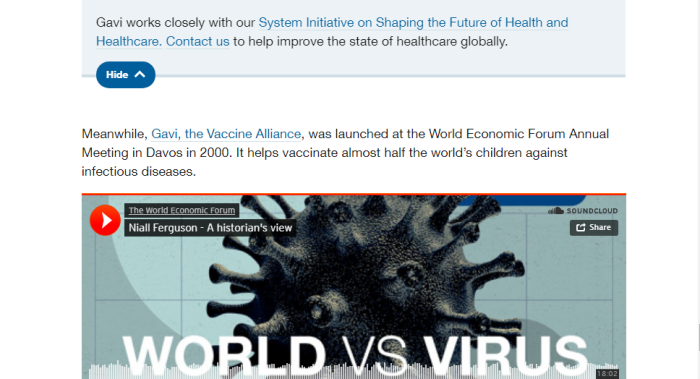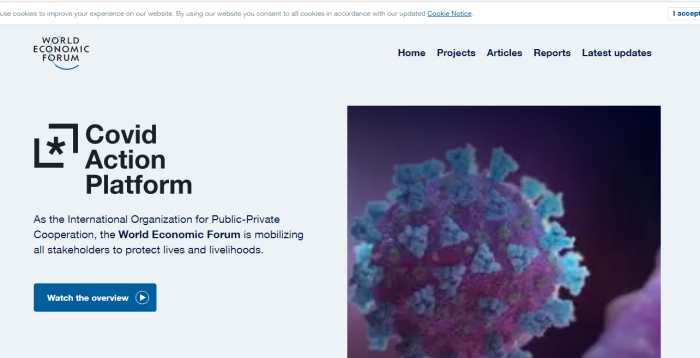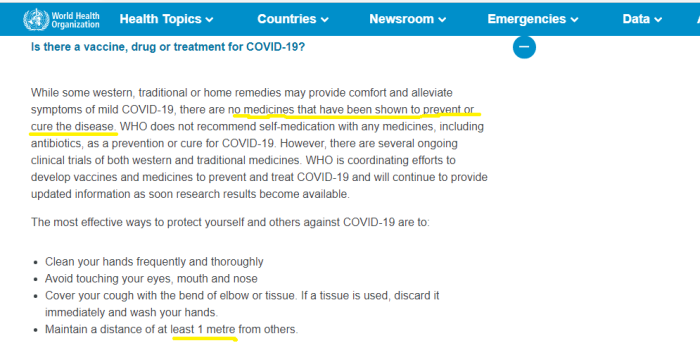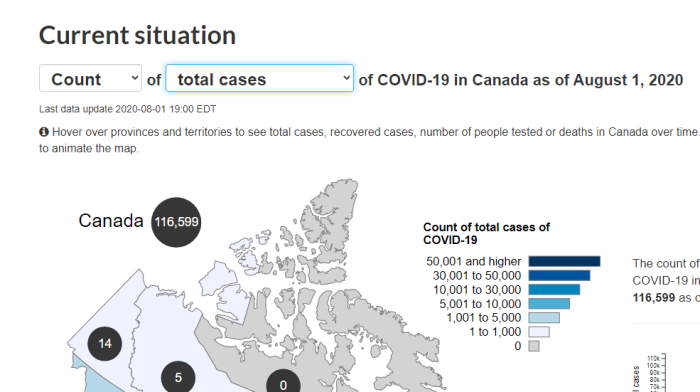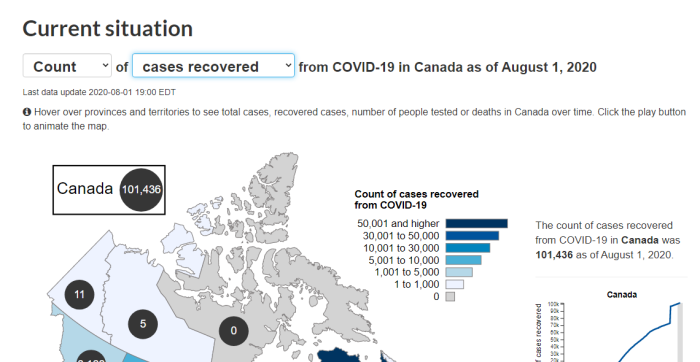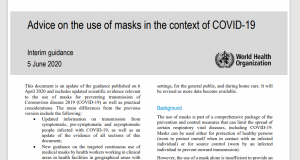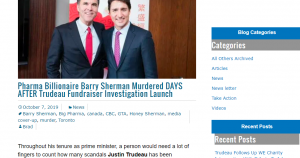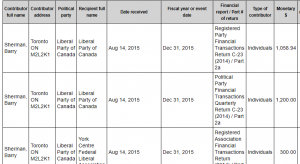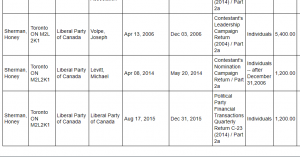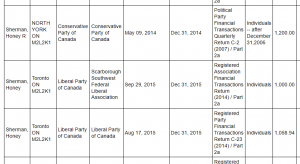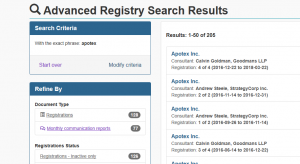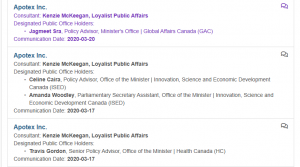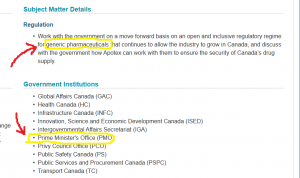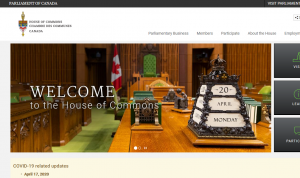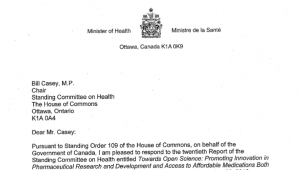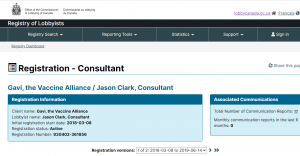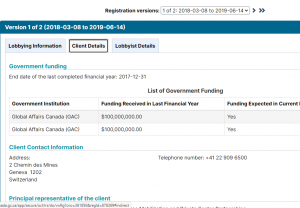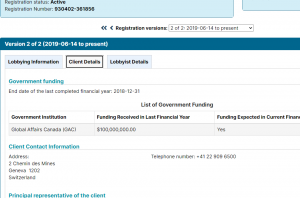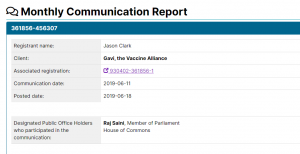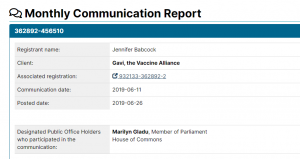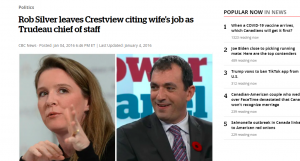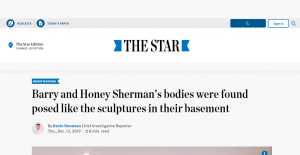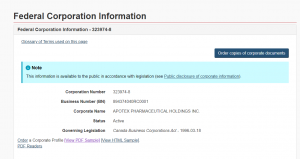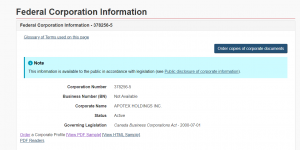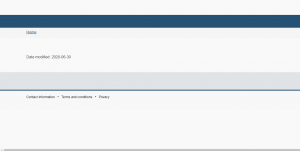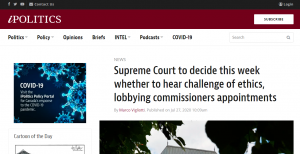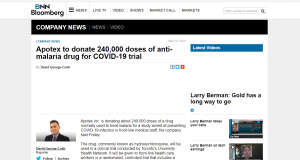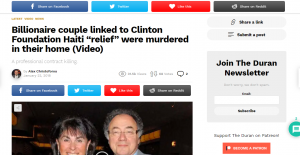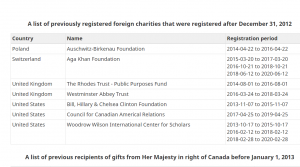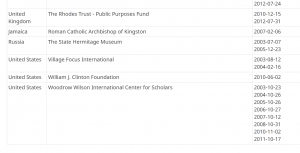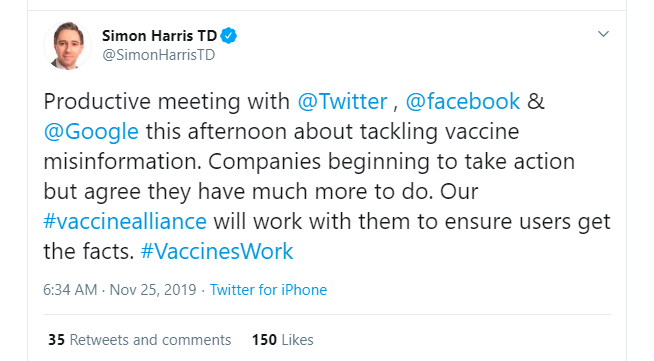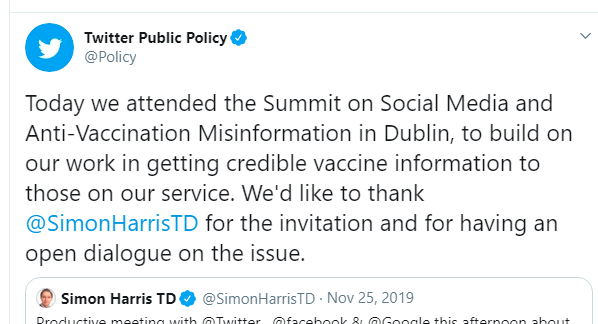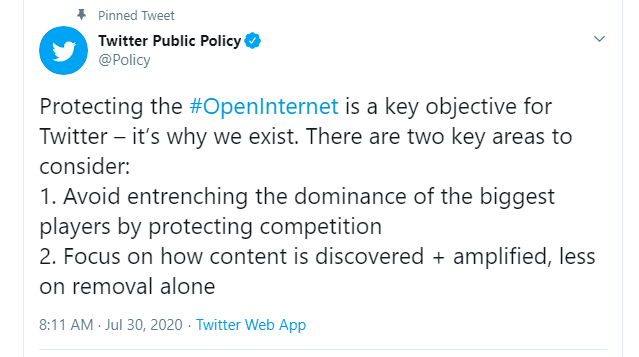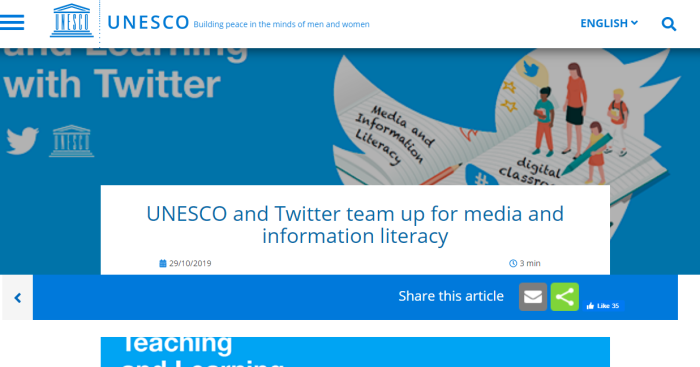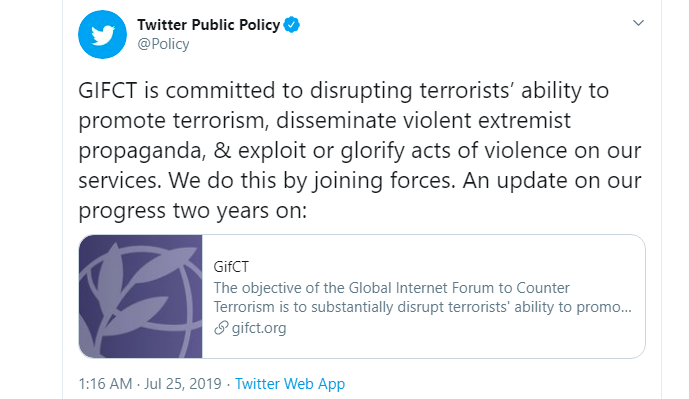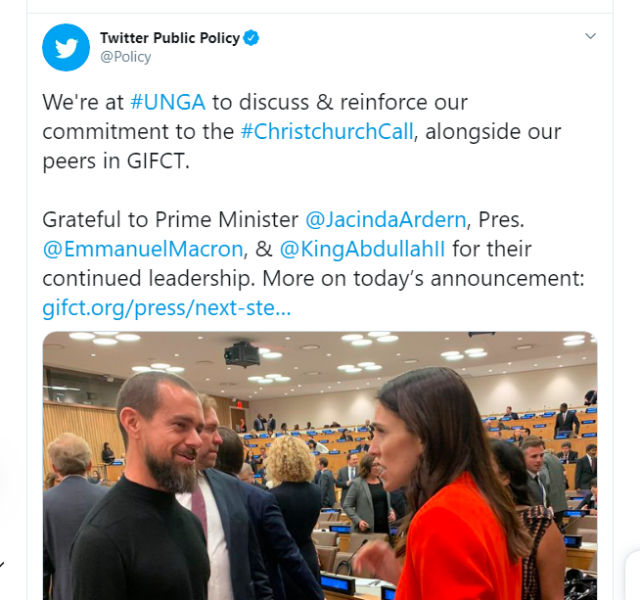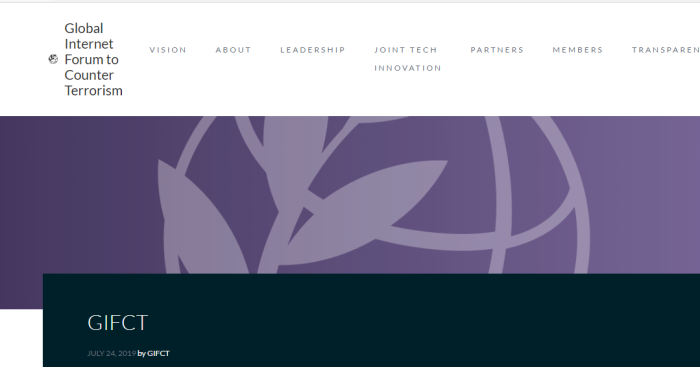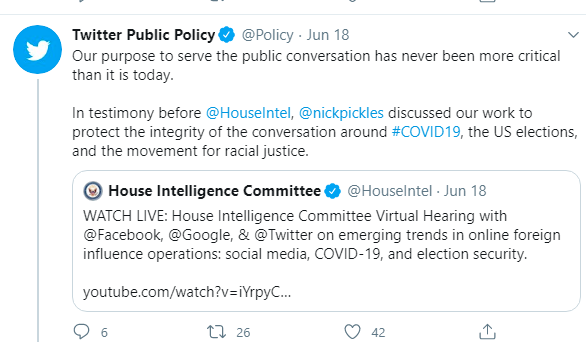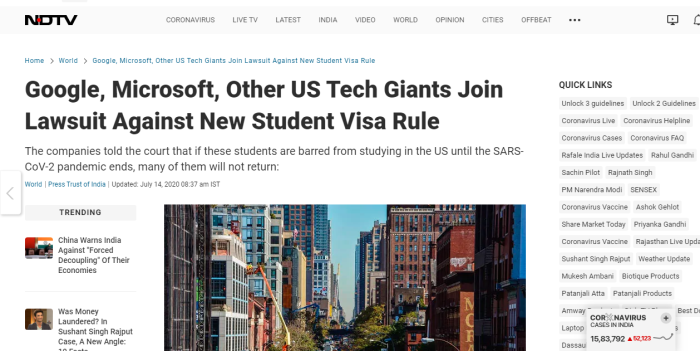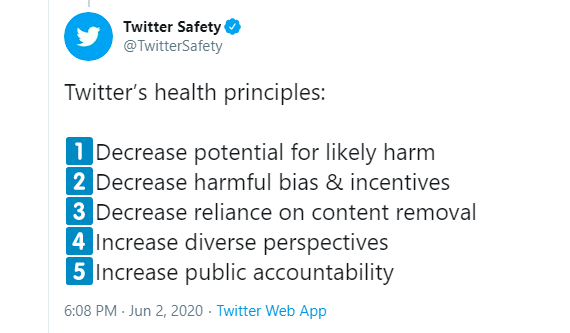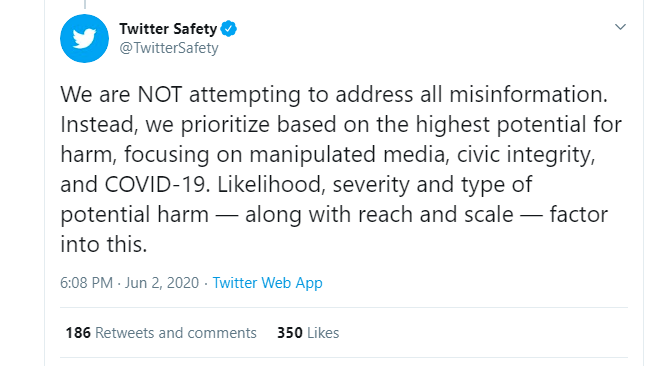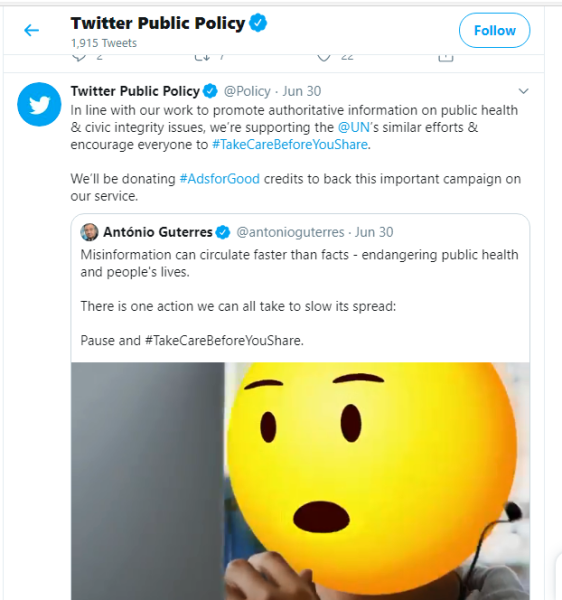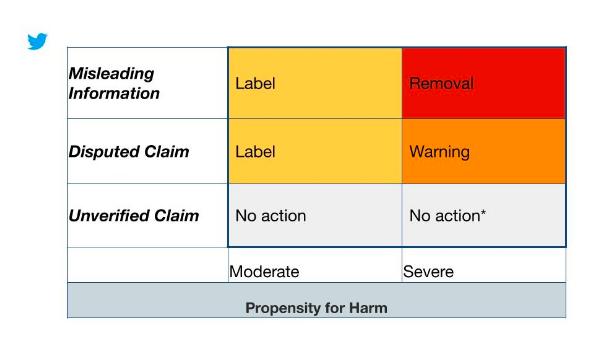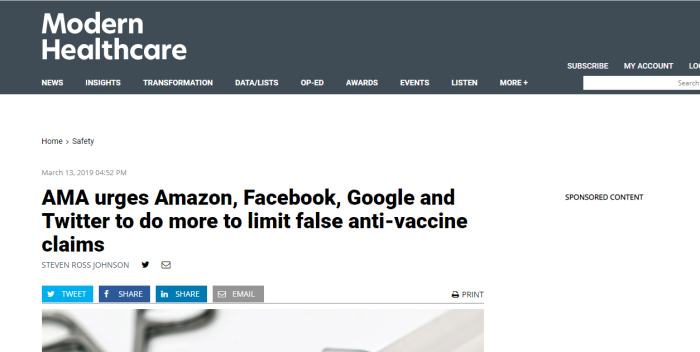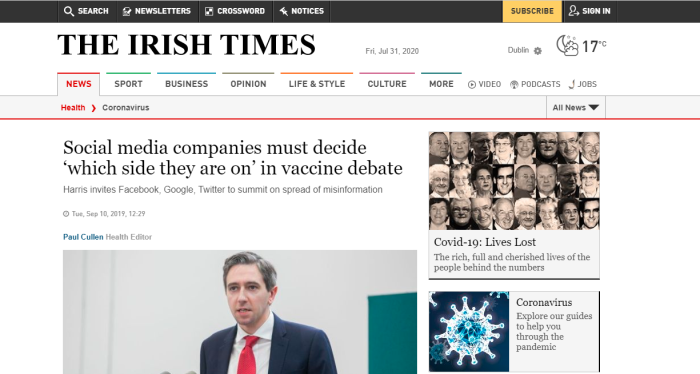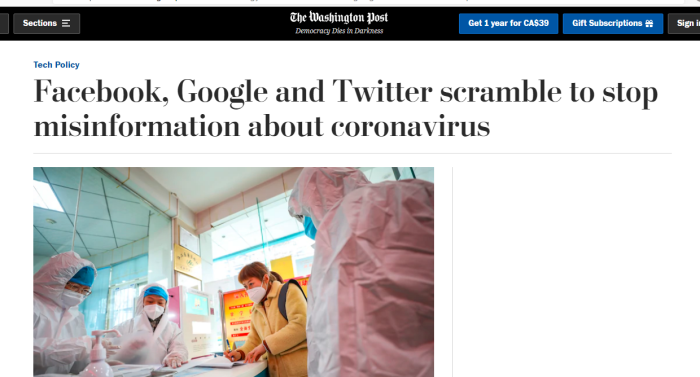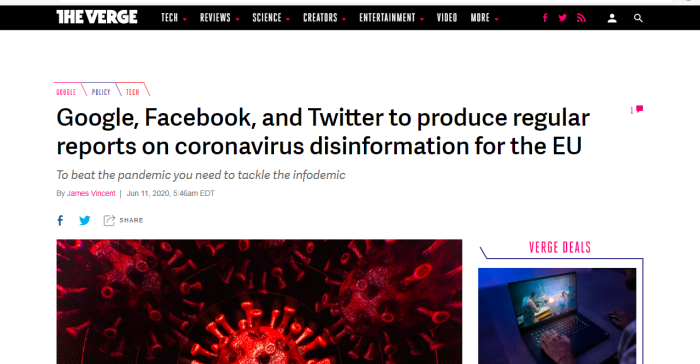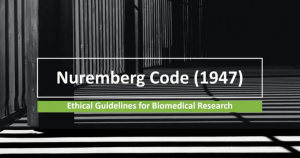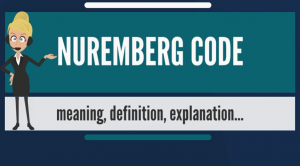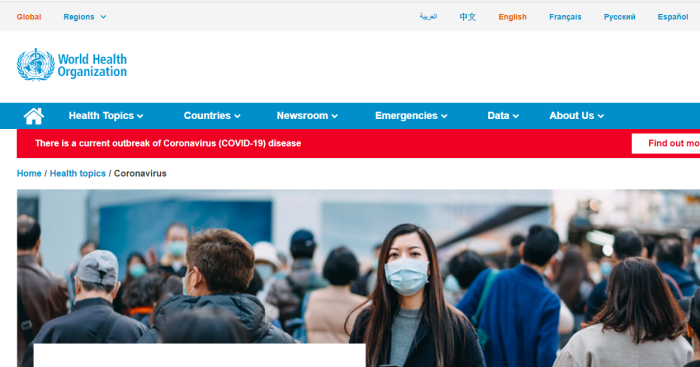
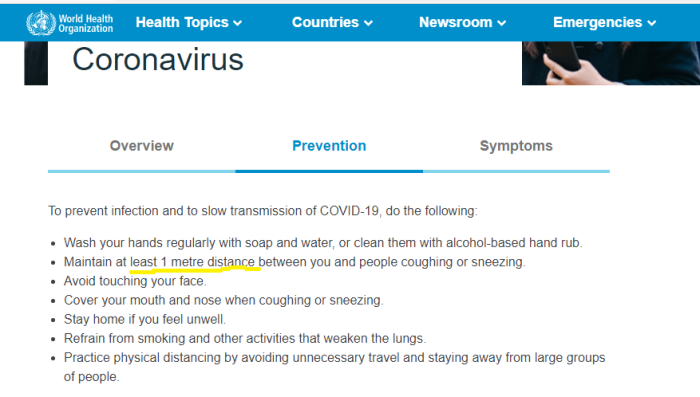
WHO says 1 metre.
So where does the 2 metre guidelines come from?
Here, we are continuing to expose the lies. First, a recap of several examples of the “science” being distorted, then let’s jump into the lie that WHO recommends people be separated by 2 metres.
1. Other Articles On CV “Planned-emic”
For more on the hoax, check out this series. Understand the lies, corruption, lobbying, conflicts of interest, and money changing hands. This rabbit hole is much deeper than what people realize.
2. No Science Behind Computer Modelling
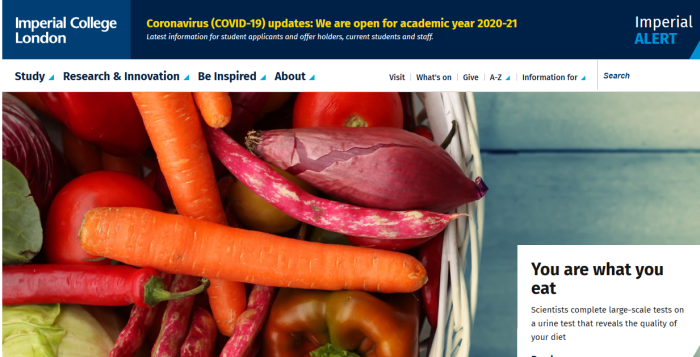
Why would anyone listen to Imperial College London or Neil Ferguson after their lengthy track record of completely wrong predictions? Remember, models aren’t proof of anything, just predictions. When you realize that the Gates Foundation has been funding them for years, things start to make sense.
3. No Science Predicting Asymptomatic Transfer
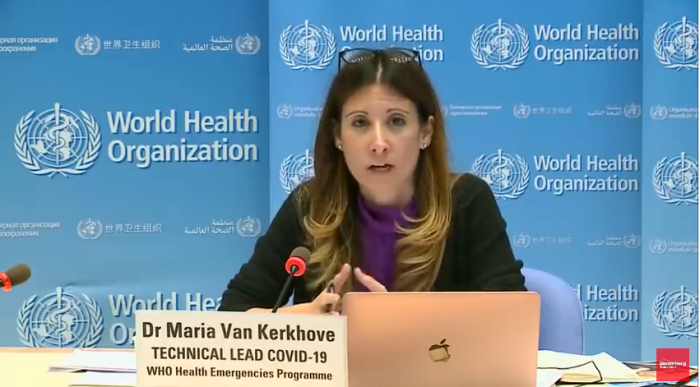
The World Health Organization can’t give any sort of clear answer on the rate of asymptomatic people spreading. They also have no clue how many people are infected globally. Again, this is all based on computer modelling. Saying (in June) that 6% to 41% of the population is infected but asymptomatic is pretty useless. But it does raise the serious question how deadly this virus is.
4. No Science Behind Limiting Group Sizes
BC Provincial Health Officer Bonnie Henry repeatedly admits there is no science behind limiting public gatherings to 50 people, but does it anyway. On May 25, 2020, she said that “50 cars” was included in the guidelines for limiting groups of people who can get together.
5. No Science Masking Healthy People
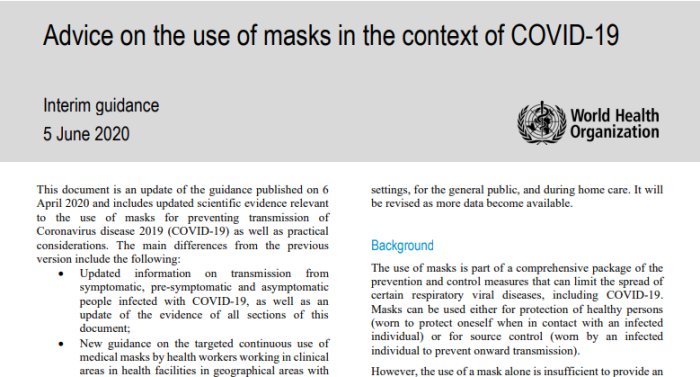
WHO-april-6-2019-nCov-IPC_Masks-2020
WHO-2019-nCov-IPC_Masks-2020.4-eng (1)
Worth a reminder: the World Health Organization said in April 2020 that there was no evidence to support masks for healthy people, but that health care providers need access anyway. In June 2020, WHO said there was still no evidence, but recommended them anyway. See this post, or an admission from BBC that this is political, at 4:20 in the video.
6. Covid Test Gets 50% False Positives

People really think that testing is going to solve the entire problem, and it isn’t. It’s one component of a response. If you test someone today, you only know if they’re infected today. And in fact, of you’re testing in a population that doesn’t have very much covid, you’ll get false positives, almost half the time. That is, the person doesn’t actually have covid. They have something else. They may have nothing. So, it will just complicate the picture. On the other hand, if we have evidence of a case, even a suspect case in school, all the contacts, be it a child or a teacher, would be tested.
This is Ontario Associate Chief Medical Officer Of Health, Barbara Yaffe. She says that tests can have up to a 50% false positive rate. The test is garbage, as the article explains. See this clip, and this full video (at 36:20).
7. People Recovering Without Any Vaccine
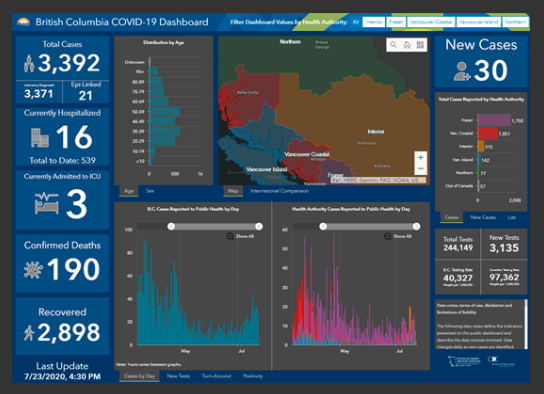
| PROV | RECOVERED | CASES | % | DEAD | ICU |
|---|---|---|---|---|---|
| BC | 2,898 | 3,392 | 85% | 190 | 3 |
| AB | 8,506 | 9,975 | 85% | 176 | 21 |
| SK | 838 | 1,072 | 78% | 16 | 13 |
| MB | 319 | 375 | 86% | 7 | 1 |
| ON | 33,963 | 38,210 | 89% | 2,755 | 35 |
| QC | ? | 58,080 | ? | 5,662 | 14 |
| NB | 165 | 170 | 97% | 2 | 0 |
| NS | 1,003 | 1,067 | 94% | 63 | 0 |
| NFLD | 259 | 264 | 98% | 3 | 0 |
| PEI | 34 | 36 | 94% | 0 | 0 |
The table represents the compiled data as of July 23, 2020. Each Province (except Quebec, who wasn’t listed) says that their infected people are overwhelmingly recovering on their own.
8. Lobbying, Not Science, In Vaccine Drive
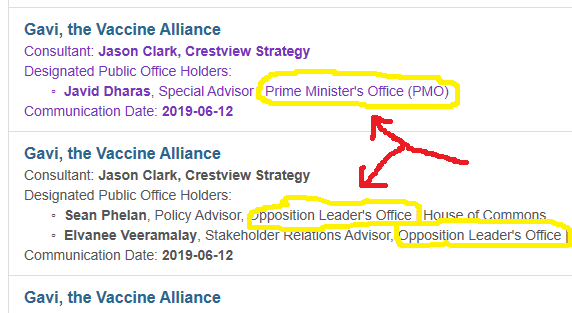
This has been covered in Part 4, Part 5, Part 21, and elsewhere in the series. The pharmaceutical industry is heavily invested in making sure that a vaccine is “necessary” regardless of whether or not it’s needed for public health. An awful lot of money tied up in this.
9. Politics, Not Science Inflating Death Toll
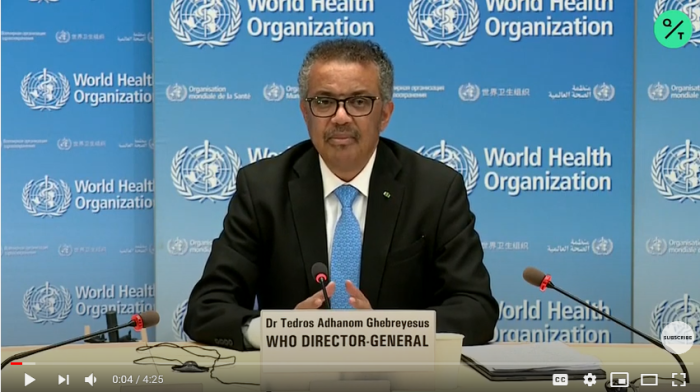
This list has been added to several times. It is a compilation of lies and inconsistencies when public officials distort the truth in order to make the “pandemic” seem much worse than it really is.
10. Global Reset Is Agenda, Not Science
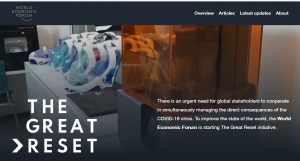
Globalist players have been planning to use this “pandemic” as an opportunity to seek broader changes. See this review, or this video.
Now that we’ve set the stage for the lies and dishonesty being perpetrated, let’s get to the specific topic of that 2 metre separation between people.
11. What WHO Says On People Distancing
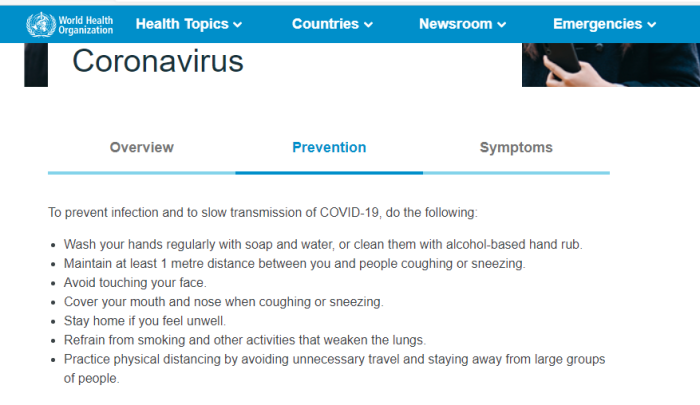
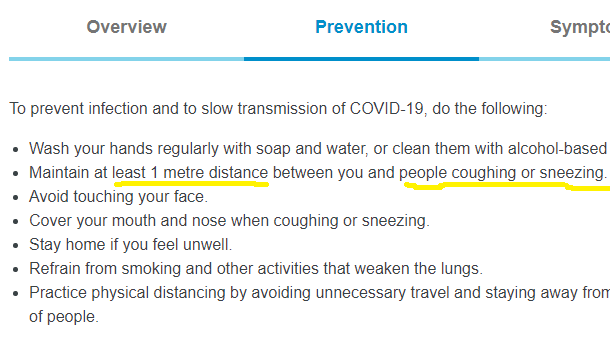
To prevent infection and to slow transmission of COVID-19, do the following:
.
-Wash your hands regularly with soap and water, or clean them with alcohol-based hand rub.
-Maintain at least 1 metre distance between you and people coughing or sneezing.
-Avoid touching your face.
-Cover your mouth and nose when coughing or sneezing.
-Stay home if you feel unwell.
-Refrain from smoking and other activities that weaken the lungs.
-Practice physical distancing by avoiding unnecessary travel and staying away from large groups of people.
So not only does it say 1 metre (not 2), but it says to stay away from them coughing of sneezing. This is still up on WHO’s site. Not only that, it doesn’t list masks as a recommendation for prevention.
12. WHO Guidelines From May 10
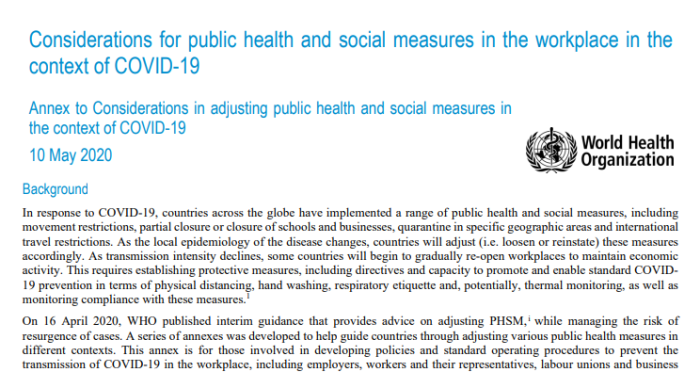
may.10.WHO-2019-nCoV-Adjusting_PH_measures-Workplaces
Also see the original here.
Physical distancing
• Introduce measures to keep a distance of at least 1 metre between people and avoid direct physical contact with other persons (i.e. hugging, touching, shaking hands), strict control over external access, queue management (marking on the floor, barriers)
• Reduce density of people in the building (no more than 1 person per every 10 square metres), ivphysical spacing at least 1 metre apart for work stations and common spaces, such as entrances/exits, lifts, pantries/canteens, stairs, wherecongregation or queuing of employees or visitors/clients might occur.
• Minimize the need for physical meetings, e.g. by using teleconferencing facilities
• Avoid crowding by staggering working hours to reduce congregation of employees at common spaces such as entrances
or exits
• Implement or enhance shift or split-team arrangements, or teleworking
Defer or suspend workplace events that involve close and prolonged contact among participants, including social gatherings.
I don’t see any reference to 2 metres anywhere in the document.
13. WHO On “Safe” Ritualistic Slaughter
july.WHO-2019-nCoV-Eid_al_Adha-2020
Also see the original here.
Overarching considerations
Advice on physical distancing
• Practice physical distancing by strictly maintaining a distance of at least 1 metre between people at all times.
• If physical distancing cannot be achieved, wearing a fabric mask is recommended. It is critical to follow best practices on how to wear, remove and dispose of masks, and performing hand hygiene after removal.7
• Use culturally and religiously sanctioned greetings that avoid physical contact, such as waving, nodding, or placing the hand over the heart.
• Prohibit large numbers of people gathering in public places associated with Eid activities, such as markets, shops and mosques. If allowed, a mechanism should be in place to regulate such activities and avoid gathering of people.
• Restrict social gatherings, both public and private, and encourage the use of technology for meeting and greeting people to mitigate transmission.
• Consider closing of entertainment venues, particularly indoor venues, during Eid to avoid the mass gathering of people.
Again, where is this 2 metres that Canadian officials are always going on about? It doesn’t appear anywhere in the document.
Animal-Human Interface and Sacrificial Slaughter
.
The source of the SARS-CoV-2 virus has not yet been identified. Understanding which animal species are most susceptible to the virus is important in discovering potential animal reservoirs to mitigate transmission and future outbreaks. According to common safe practices when handling meat, countries should take strict measures around the selling and slaughtering of animals and the distribution of meat while ensuring that national food safety and hygiene regulations are enforced.
Understand that halal slaughter involves inflicting deliberate cruelty, and causing intentional suffering. The World Health Organization doesn’t actually say stop, just follow some rules.
Meanwhile, church goers who aren’t maiming or disfiguring animals are limited to gathering in groups of 50, at least in BC. This is from July 25, 2020.
14. WHO Guidelines From May 20
the importance of source control such as providing medical masks if available to travellers with respiratory symptoms, performing frequent hand hygiene and maintaining at least 1 meter physical distance from others before, during and after the interview process
travel.WHO-2019-nCoV-Ground_crossings
On May 20, 2020 guidelines, WHO said that 1 metre difference between people was sufficient, (see original). Again, where is 2 metres coming from?
15. Gov’t Distorts WHO Recommendations
https://www.who.int/emergencies/diseases/novel-coronavirus-2019/technical-guidance-publications
There are many more “technical guidance publications” that the World Health Organization has freely available. One thing they have in common: they never mention 2 metres (at least the ones seen so far). So what is the real reason for implementing this? To make surveillance easier?

